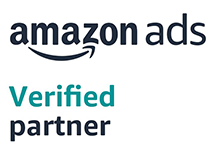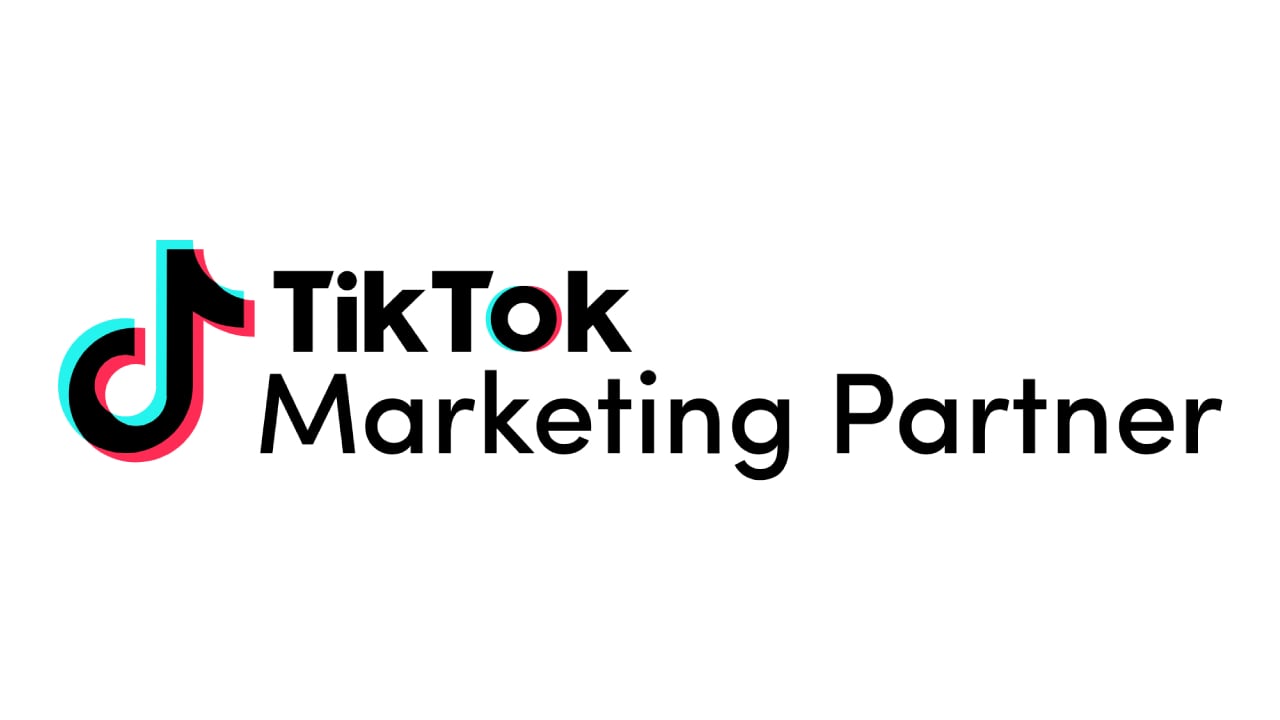Successful sales are the heart of a successful e-commerce business. For a sale to be successful, all you need to do is:
- Perform quality checks on the products
- Invest in proper packaging
- Deliver to the right address
- Ensure your consumer likes the product
But, is it actually that easy?
Studies show that at least 30% of all products ordered online are returned as compared to 8.89% in brick-and-mortar stores.
RTO or Return to origin is a commonly heard term in the e-commerce world. RTO refers to the non-deliverability of a package to the buyer and its return to the seller's address. This causes extra expenditure for the e-commerce business. Getting your RTOs in check is of major importance for the sustainability and profitability of your business.
RTOs can be tackled at three levels:
1. Website Level :
Here are some proven tips to tackle RTOs at the website level.
-
The buyer can be incentivized to order prepaid by offering a, say, 10% discount on prepaid orders. Clearly state on the checkout page that offers are available on prepaid orders.
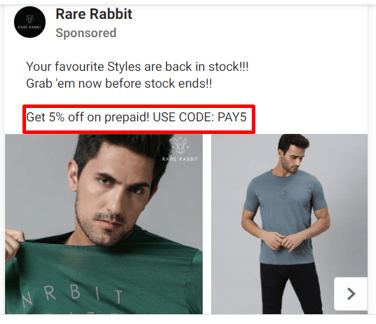
-
COD charges should not be levied as it will reduce the conversion rate.
-
The buyer should be assisted in entering the correct address by providing prompts. This can be improved in several ways. For example, t is possible to customize it to suit the country.
-
It is suggested that asking for the street number, village, etc. may function better for India. Landmarks, Door Numbers, etc. can increase the delivery rate by using custom fields. Phone numbers should be mandatorily asked.
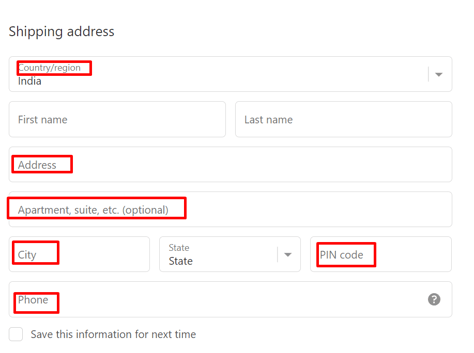
-
Before an order is placed, validate Pin codes and phone numbers.
-
Standard delivery times should be listed on the product page to avoid unnecessary add-to-carts.
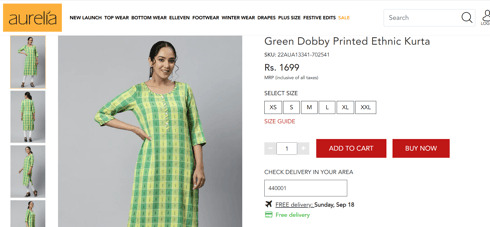
2. Marketing Level :
At the marketing level, RTO can be reduced as follows,
-
Google shopping ads can help you improve the quality of your intent traffic by attracting a higher proportion of consumers who are looking for something to buy.
-
Retargeting campaigns should exclude the last 30 days' customers to ensure they do not see a better price for the product.
-
Organic traffic can be encouraged through social media marketing and influencer marketing.
-
If the RTO is extremely high, try to limit the target cities to a small number.
-
When operating at a low to medium scale, it is preferable to run campaigns in the top 120 or 222 cities instead of the entire country of India.
-
Avoid locations with high RTO rates. You can exclude locations, states, or even individual pin codes (only for prospective customers).
-
Lookalikes can be used instead of purchases. Avoid certain Indian states with high RTO rates, such as Bihar, UP, Northeast India, etc. Ensure that the potential audience is not limited after excluding these locations.
3. Operational/Logistics Level :
- The delivery period should be short in order to avoid returns, especially for long-term items.
- The delivery date should be confirmed by phone.
- After placing an order, keep the customer engaged by sending an SMS or e-mail
- Ask the buyer for confirmation if the address seems suspicious. Call the buyer for all large orders (Large orders are subjective).
- To avoid an RTO, ensure the logistics partner contacts the buyer.
- If the goods aren't delivered the first time, the logistics partner should reattempt the delivery.
- Use Third-party applications. There are numerous applications available that can detect fraudulent activity.
- Here is the list of an acceptable percentage of RTO in every eCommerce industry
| Industry | RTO % |
| Apparels | 10-20% |
| Footwear | 10-15% |
| Health & Wellness | <10% |
| Jewellery | 10-15% |
To know more efficient ways to tackle RTOs, get your hands on our ebook, Learn how to optimize RTO orders to scale up your eCommerce business in 2021
A brand can achieve multiple advantages with an efficient returns policy. A brand has to strategically plan the process and boost efficiency in order to minimize RTOs and the losses that come with it.
Adyogi, a digital advertising creative platform helps e-commerce businesses save time and generate more revenue. We automate digital Ad creation to establish an automated prospecting, targeting, and retargeting approach that targets the client's merchandise and cross-promotes using cutting-edge technology, to boost sales. We've been able to increase client revenue by upscaling it 7x - 8x through Adyogi's performance-based solution. Get in touch to see how we can help you grow your business online.





-1.png)

